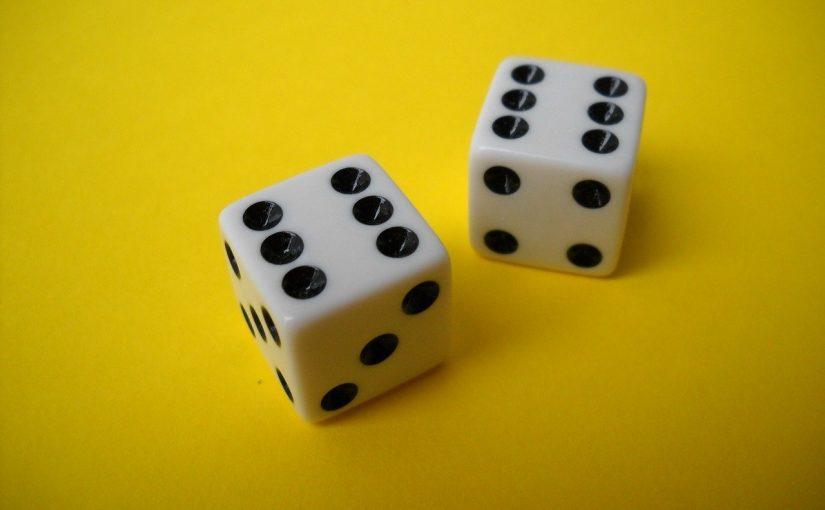Why is almost every robust healthy boy with a robust healthy soul in him, at some time or other crazy to go to sea? Why upon your first voyage as a passenger, did you yourself feel such a mystical vibration, when first told that you and your ship were now out of sight of land? Why did the old Persians hold the sea holy?”
― Herman Melville, Moby Dick; or, the White Whale
Navigation started as a way to explore the world. Although today’s sailors continue to support the brave spirit of navigators and explorers of centuries past, shipping is no longer a key means of transportation, international trade, or war. People have long ago sailed the sails of adventure and sailing lovers see it as a form of leisure or sport, although not always without risks. The sea must be respected as in the past, although it must be recognized that today’s boats are much better equipped and more resistant to inclement weather. In addition, in a good nautical store you can get a whole series of elements that facilitate any navigation in a way that the explorers of the 15th and 16th centuries already wanted for themselves.
Many modern sailors sail because they like the sea. Sailing is considered the 17th fastest growing sport in the United States, and it is estimated that more than 4 million Americans are recreational boaters, according to The Boating Channel. In Europe, 18 million citizens practice water sports. And the statistics point to sustained growth over time. It is normal, we have all dreamed of lifting anchors and setting sail for other ports.
And if you are inspired by famous surfers like Amerigo Vespucci or Vasco De Gama, or simply love the feeling of the wind in your hair, sailing is a sport to satiate your wildest and most adventurous side. Hoist the sails!
Next, we’ll learn about some of the most popular sailing styles, and also discover some fun ways to find (and show off) your seafaring gear.
Types of Recreational Navigation
There are some common recreational boating styles that can satisfy you if you are looking for fun and adventure on the high seas. We also have some unusual ideas if you are looking for something a little different.
If you are a beginner sailor, you can start with small sailboats, such as boats, daysailers and small kilobots. They are generally less than 25 feet long and easy to maneuver. They can be sailed individually or with a crew member.
Many sailors start with small sailboats, and even when they become professionals, they continue their adventure in this way. Boats are fun and easy, college and olympic racing teams use them, and they’re great for weekend sailors.
However, some adventurers take their sailing hobbies to a whole new level and go on a cruise. Cruising is not just a hobby; It is a lifestyle. They are those who want to spend their lives sailing around the world. Sailors who choose to live on their ships for long periods of time. Their boats range from simple keleboys to large multi-hull yachts. Many cruise ships have plenty of home comforts below deck and can include beds, toilets, kitchen utensils, and even entertainment systems, depending on their size. It is important to keep in mind that the maintenance of these boats must be kept up-to-date, not in all the ports where you will be moored you will find everything you need. In those cases, it is always good to have a good boat accessories online shop on hand for trust.
Boats can be chartered for those who want the thrill or relaxation of sailing without the work involved, and yachts can be chartered with crews. Sunset cruises and sailing vacations in the Caribbean are two common forms of family charter sailing adventures. Sunset cruises are a leisurely cruise experience and are generally chartered by small groups of friends or couples.
Several resorts sell sailing day trips as well as multi-day cruise packages on an island for boaters who want to break with normalcy. (Consider using additional sunscreen.)
But if you are looking for an alternative to the sun, sand and wave scene, sailing on ice, drifting on ice, surfing on ice or sailing in hard water makes sailing a winter sport. This type of sailing began in the Netherlands in the 19th century as a means of crossing frozen lakes in winter, and has grown in popularity as a recreational sport since sailboats on ice were introduced in the 1930s.
Basic Navigation Skills And Conditions.
The basics of navigation are easy to learn in a couple of lessons, but their improvement can take a lifetime. There are five basic skills and methods for learning about navigation: ambient navigation, boat balance, front and stern trim, center position and heading.
- Sail configuration: you cannot bring the sailboats directly into the wind or risk stopping (there is practically no wind in the sails). Depending on your navigation point, the direction of your boat in relation to the wind direction, different navigation settings are required. Listening to it, you can set up your main sail: relax the sail until it flaps along the loofah, the part closest to the mast, and then pull back until the flapping ends.
- Boat Balance – This is known as the heel when the boat begins to lean in one direction. It is important to stay aware of the wind (are you raking?) And the direction of the sail to get past your heels and stay on course. Consider the weight on board and how it is distributed. If the port side of your boat tilts, you can fix it by shifting your weight (or the weight of the crew) to the opposite or starboard side.
- Front and rear adjustment: The boat must also be balanced from start to finish. Generally speaking, the front of the boat (bow) is slightly higher than the rear, and the distribution of body weight on board (you and your crew) is key to maintaining balance. If your boat is dragged into the water (an example of what happens when the back of the boat is too low), move your weight closer to the center of the boat or to the front. A properly balanced boat allows you to sail faster.
- Central lateral position: There is a delicate balance between your boat and the sea, and losing it can easily push you off course. The center deck, a piece of wood, fiberglass, or metal (depending on the composition of your boat), is a moving fine under the hull. You can fix any drift by changing it relative to your level of navigation.
- The journey worked well: going from point A to point B is not always a direct route, especially if you are taken straight into the wind on a straight course. Planning a route that will get you to your destination as soon as possible is called “the perfect ride.” This is usually accomplished by turning a maneuver in which the boat zigzags in the direction of the wind.
These are just some basic notions, which are useless if they are not practiced responsibly and under the tutelage of experienced people. An old sea lion will be able to teach you much more in a day of sailing, than months and months reading theory on the internet. So if you feel the call of the sea, don’t wait any longer and go on an adventure.

